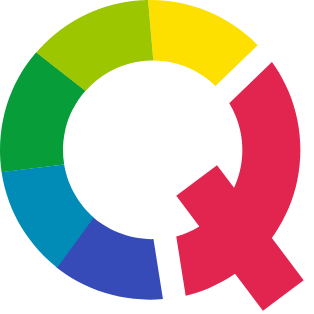All
Articles
Case Studies
Blog




Our Products

QUONDA
Real Time Data Collection, Reporting and Analytics for conducting inline & final inspections
ColordesQ
Solution for color conformity and validation from development to production
TrackIT
Manage capacity and production status remotely
QMIP
Designed for early detection of process failure and defect reduction
